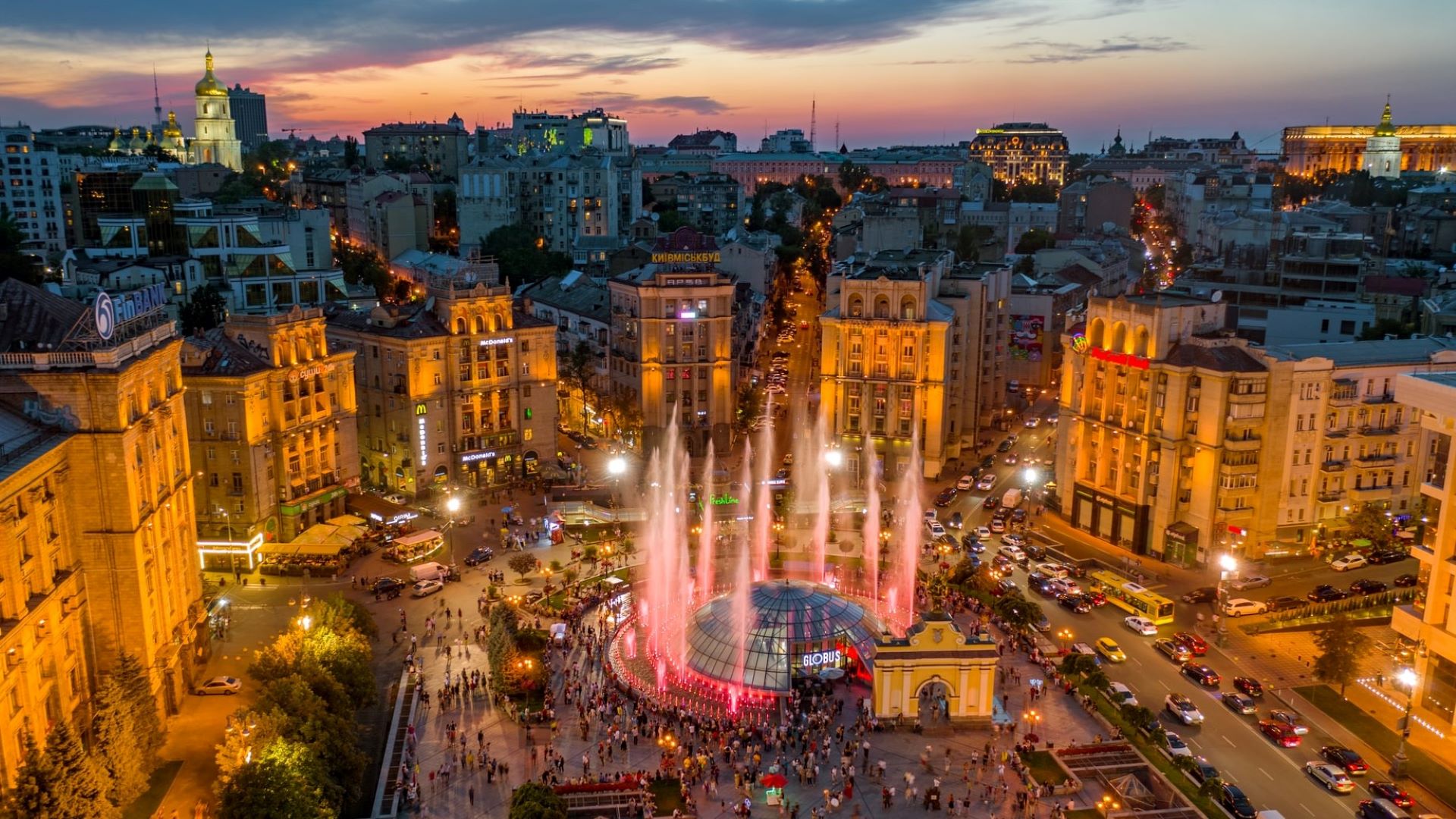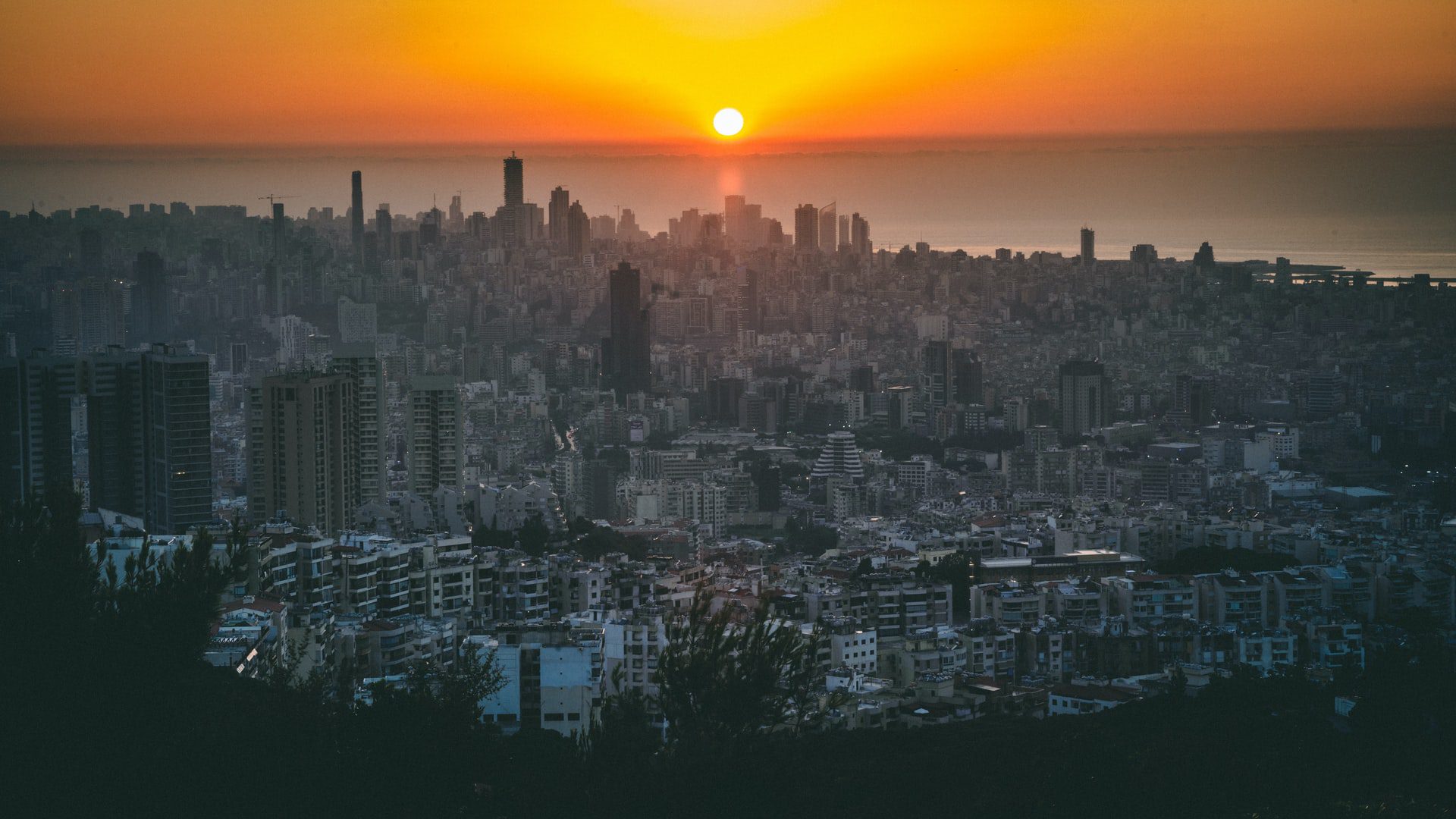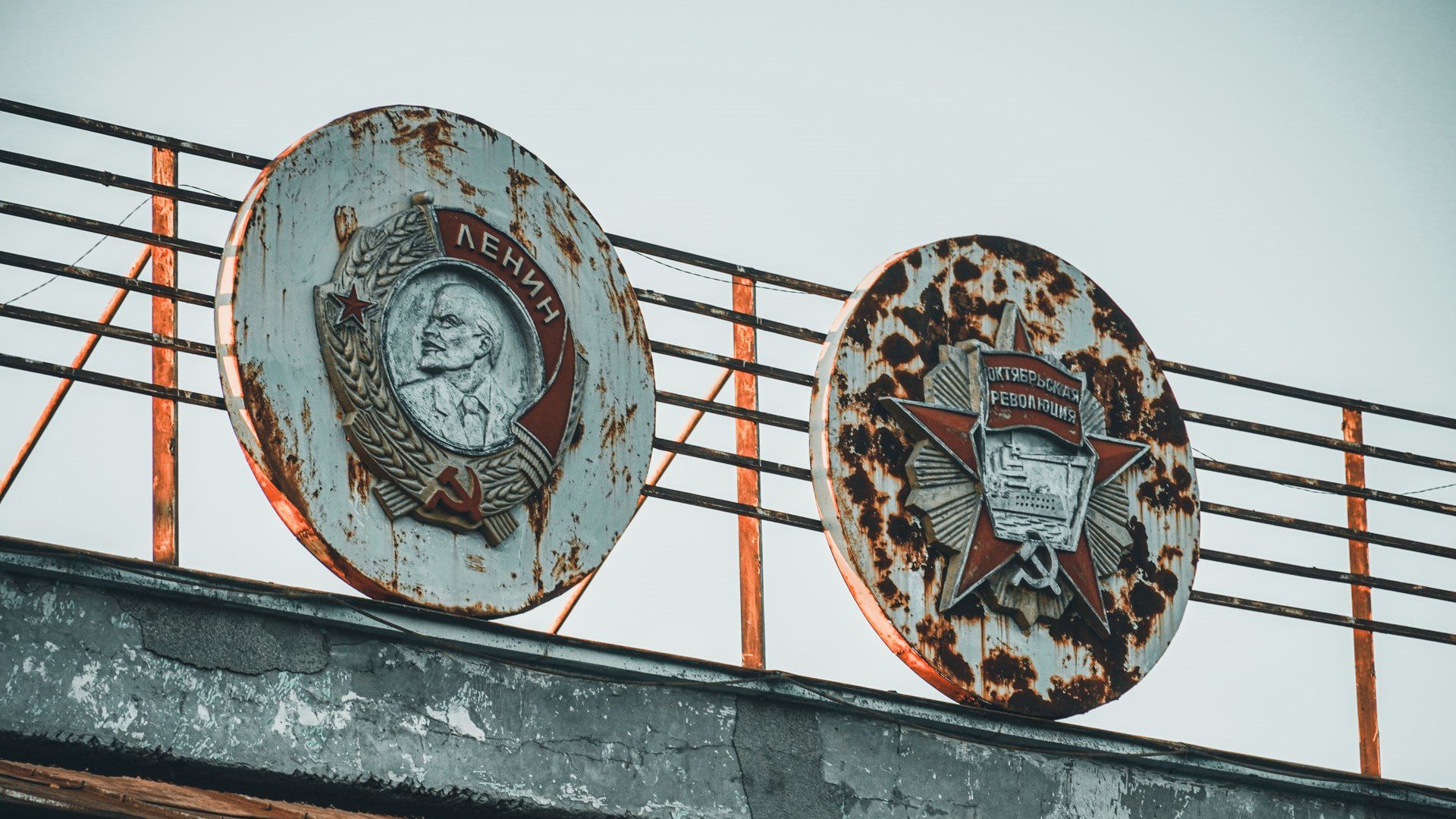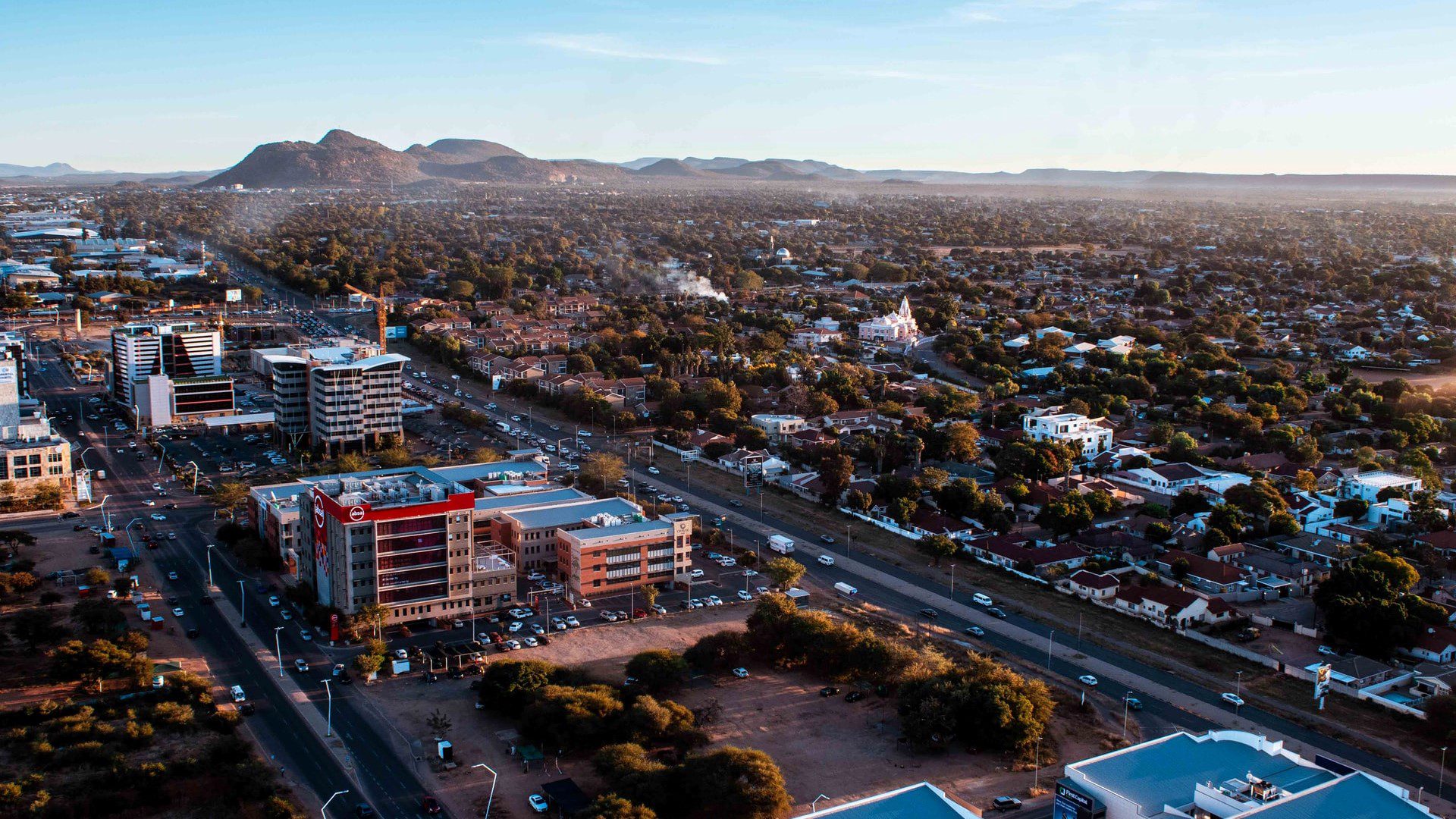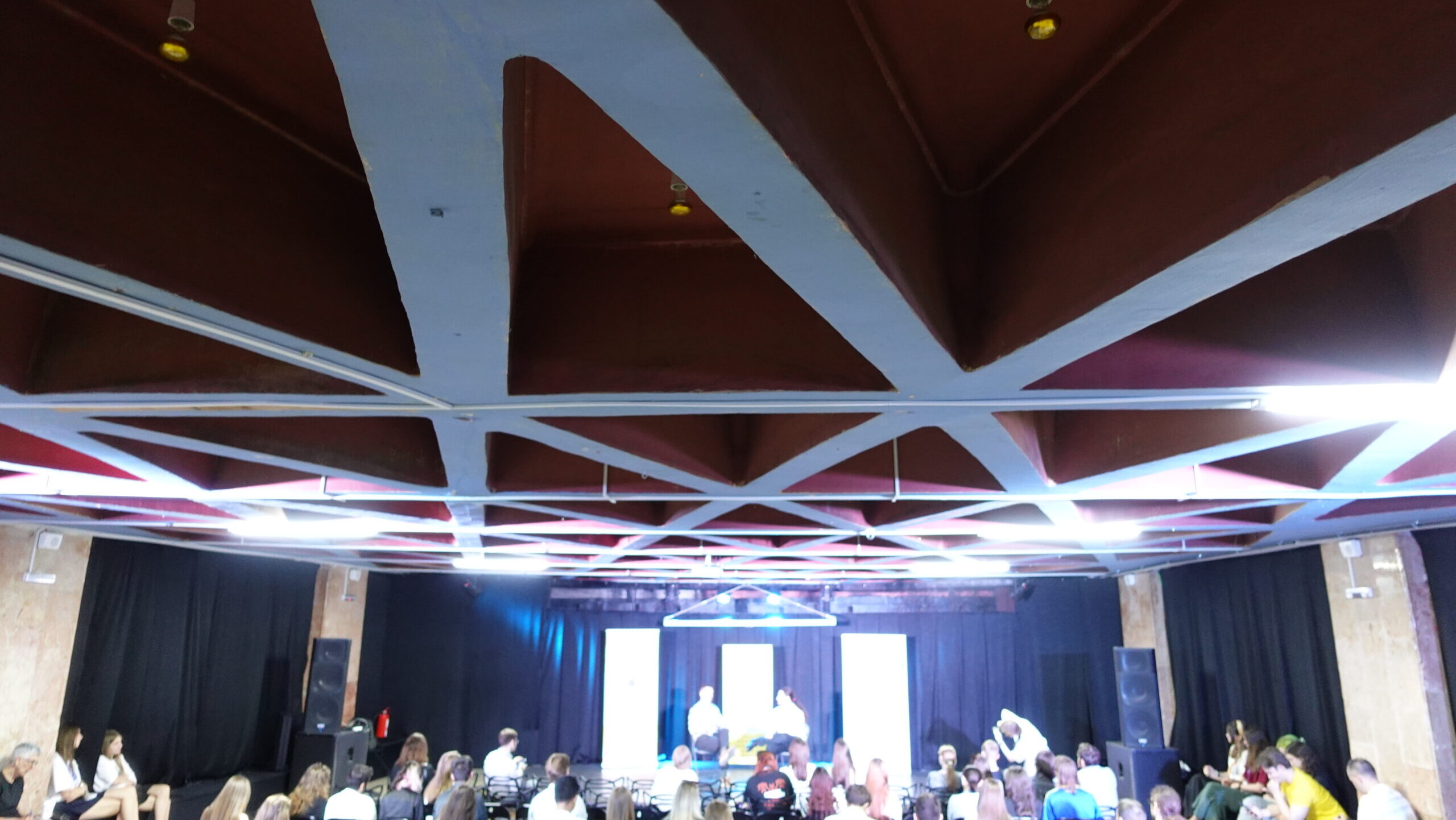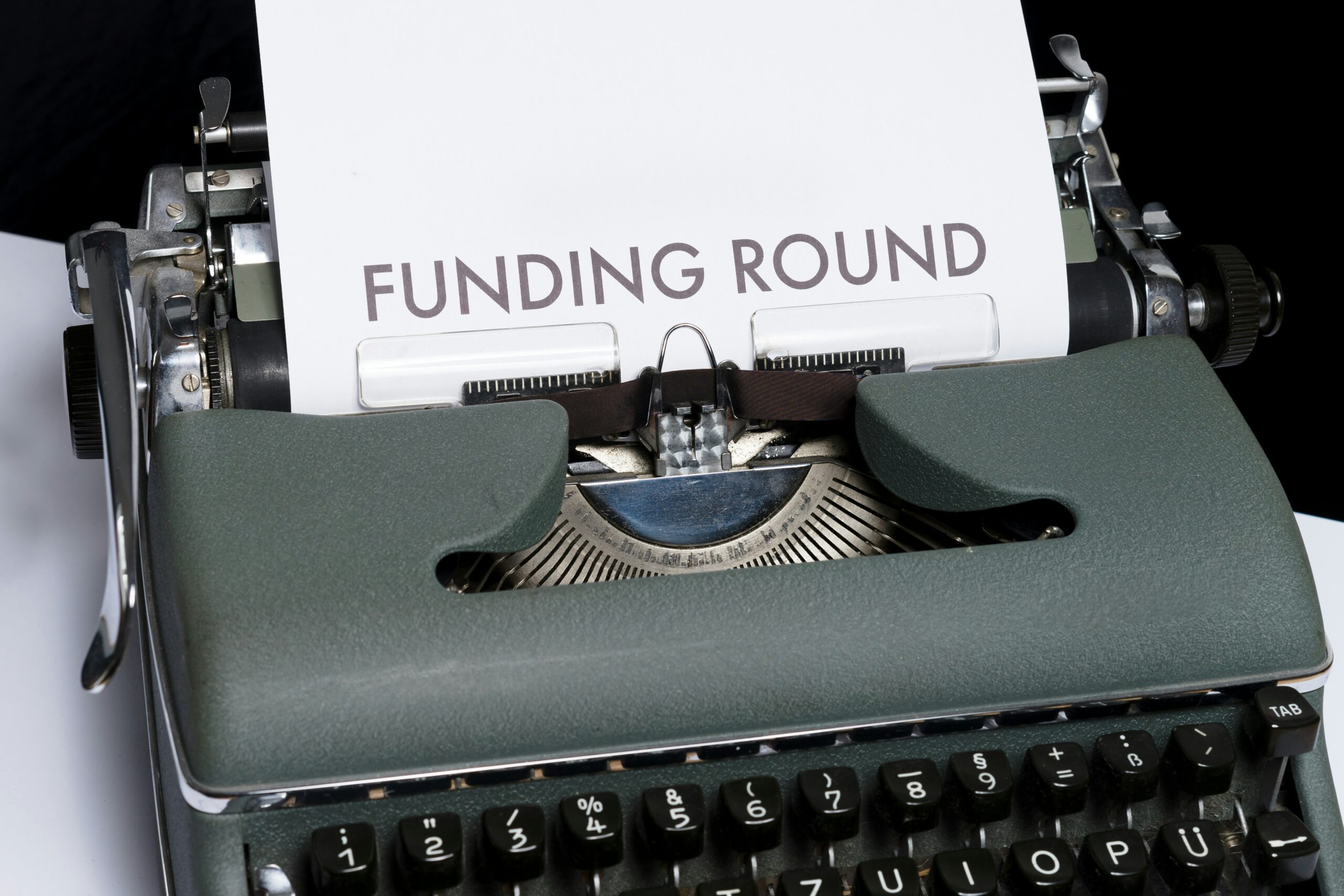The Soviet Union’s disappearance from the political map in December 1991 was one of, if not the most important global events of the second half of the last century. Despite each of the Union Republics being ostensibly sovereign, the Soviet Union was highly centralized, authoritarian, and hostile to democratic principles and individual rights.
As the Soviet Union collapsed, Ukraine became an independent and sovereign state, having played a leading role in bringing about the Union’s dissolution.
It was The Bialowieza Agreement, signed in early December 1991 by the leaders of Ukraine, Belarus, and Russia, that signalled the end of the Soviet “empire.”
Feeling the loss of power over the Union Republics, Moscow sought to initiate the signing of a new treaty that would enable the creation of a new Soviet constitution. Kyiv responded with mass protests in early October 1990.
These protests became known as the “Granite Revolution.” Young people, mostly students, protested to prevent the signing of this treaty. They also demanded the nationalization of Communist Party and Komsomol (Communist youth wing) property, along with the resignation of the head of government for his union-centrist views.
The Verkhovna Rada, the main legislative institution of Ukraine, decided to hold a republic-wide referendum in December 1991 to confirm their Declaration of Independence; this came alongside a presidential election, won by Leonid Kravchuk.
Post-Soviet Ukraine is a land of unfulfilled potential
Despite Ukraine’s nascent independence and hopes for the future, existing economic and political foundations could not be overhauled immediately.
In 1990, Deutsche Bank had praised Ukraine’s economic potential, but the reformist coalition lacked cohesion, and therefore the implementation of essential reforms was either postponed or outright failed, all the while institutional corruption and rent-seeking slowly seeped in.
The slow pace of reforms, the dominance of oligarchs, and the ongoing conflicts all continue to hinder the economic growth of modern Ukraine.
Furthermore, Ukraine’s post-Soviet trajectory has often been defined by competition between rival narratives. One narrative says Ukraine belongs with the so-called Russian world, the other with the broader European community.
Those who favor a greater alignment with Russia can always count on backing from Russia itself. Conversely, the Western world has never quite managed to make up its mind about welcoming Ukraine and has thus generally adopted a cautious approach.
The slogans about fraternal peoples, widespread in both imperial and Soviet times, together with Russia’s impact on the Ukrainian economy, political discourse, and culture, have long remained relevant.
Over the three decades of modern Ukrainian independence, the country has experienced a rising sense of national identity, and this factor contributes to the current confrontational atmosphere between Ukraine and Russia.
Yet these tensions have been around for years. In the early 2000s, the Party of Regions, a party favoring alignment with Russia, faced serious popular backlash as their influence grew. In 2013, then-president Viktor Yanukovych backed away from signing an association agreement with the European Union. Widespread opposition to this move developed into the Euromaidan movement.
In February 2014, Yanukovych fled the capital and was impeached by parliament. A pro-western coalition then took power. Then, in March of the same year, Russia annexed Crimea. Widespread instability hit eastern regions of Ukraine as separatist elements took control of several cities.
During the seven years of Russian aggression in Ukraine, more than 13,000 people died, including more than 3,000 civilians. Tens of thousands more were injured and about 1.5 million people were forcibly displaced. The war in Donbas has also resulted in severe damage to cities and villages, infrastructure, and industrial facilities.
Alignment with Europe is increasing, but EU membership is still some way off
Euromaidan, conflicts in the east, and the Crimean issue have led to the rise in prominence of Ukraine on the international agenda and a shift in Ukraine’s foreign policy towards a more pro-European position. Ukraine succeeded in gaining an Association Agreement with the EU in 2017, which became a framework for several post-Euromaidan reforms.
Now, Ukraine seeks to expand its access to the EU internal market by reaching an agreement on the renewal of the trade part of the Association Agreement and establishing industrial visa-free regimes.
Nevertheless, it is much too early to talk about full EU accession for Ukraine. The primary obstacles to joining the EU are the fulfillment of the Copenhagen criteria, reforms in the field of the rule of law, an effective fight against corruption, and a need for resolution in a conflict that has been ongoing for almost eight years.
However, the current situation in Ukraine remains critical in terms of EU-Russia relations. Russia’s escalation on the Ukraine’s border is unfolding against a background of extremely high energy prices, which are used by Russia as an instrument of political influence.
Thus, Ukraine remains in a difficult geopolitical position, compounded by the problems of oligarchy and corruption hampering economic development and preventing meaningful change. While Ukraine has made some progress in becoming part of the European political, economic, and security sphere, it is impossible to say that Ukraine’s current position lives up to the ambitions of 1991.
Ultimately, the current crises do not represent an end to Ukraine’s modern independence. Hopefully, in the future, Ukraine will realize its potential as a free, peaceful, and prosperous nation.
To read more about economic development, be sure to check out our cluster page by clicking on the button below.
This piece solely expresses the opinion of the author and not necessarily the organization as a whole. Students For Liberty is committed to facilitating a broad dialogue for liberty, representing a variety of opinions. If you’re a student interested in presenting your perspective on this blog, send your piece to [email protected], and mention SFL Blog in the email subject line for your chance to be published and be seen!
